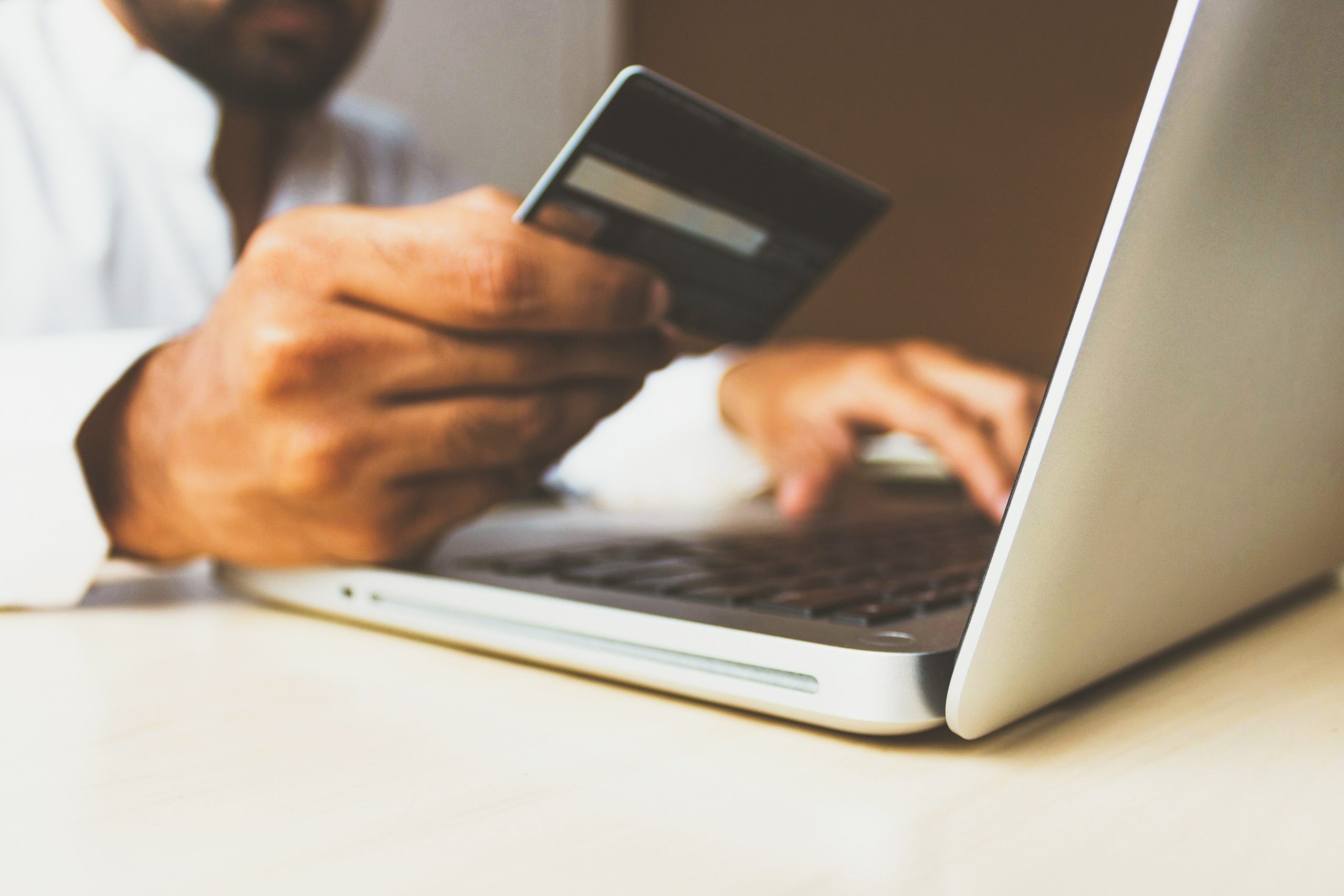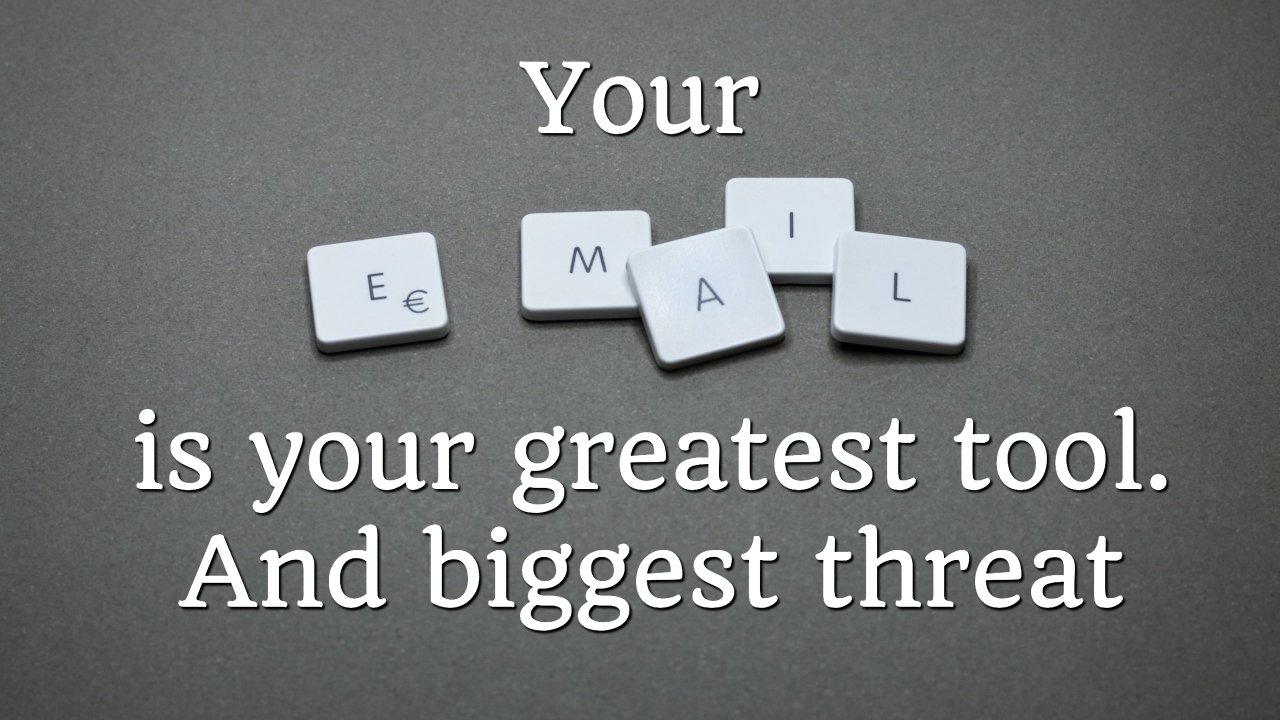While emails can be an easy and efficient way of following up on chats had at meetings or business deals, it isn’t always as safe as you might assume.
Hackers have developed ways of spying on communication and infiltrating emails within businesses. It is now possible for them to hack into email accounts, without arousing suspicion to the owner or the company that their account has been accessed.
This allows them to read correspondence with colleagues and familiarise themselves with their victims professional relationships, making it easy to know who to target for funds.
If you receive an email from a colleague asking for money for a project – whether you know of it or not, make sure you adhere to this check list;
Am I familiar with the transaction?
Is the email from a plausible source?
Have I checked with them in person (walk over to their desk), or on the phone after the email was sent?
If you aren’t able to get in contact with the sender to verify, investigate yourself. Compare whether the bank details you’re being asked to make a transfer to, match the details you’ve made previous payments to. Scammers can convince you of authenticity by replicating exact email addresses, even senders.
Only once you have checked all of this, is it safe to go ahead with the payment.




